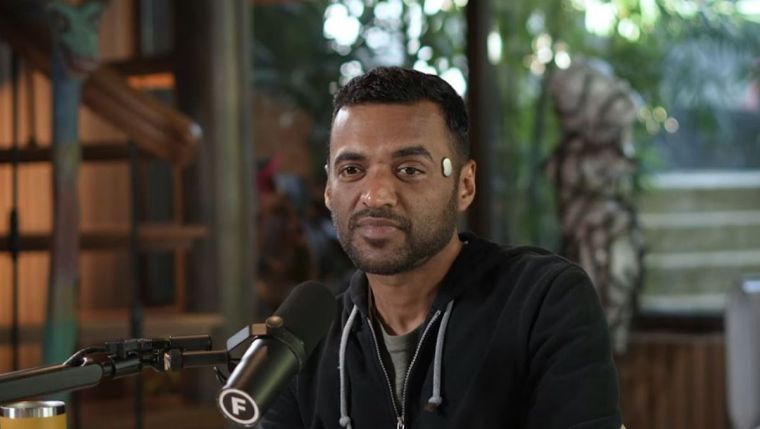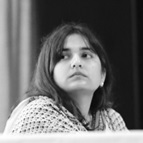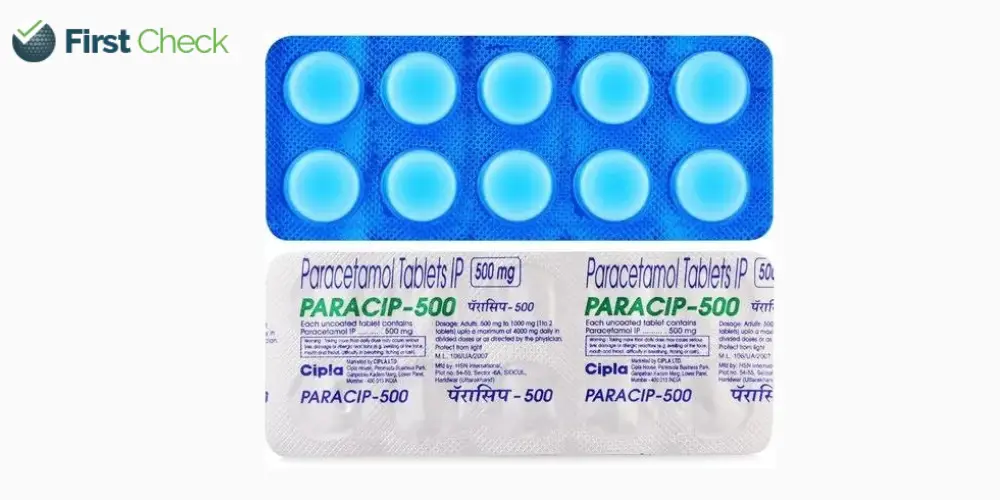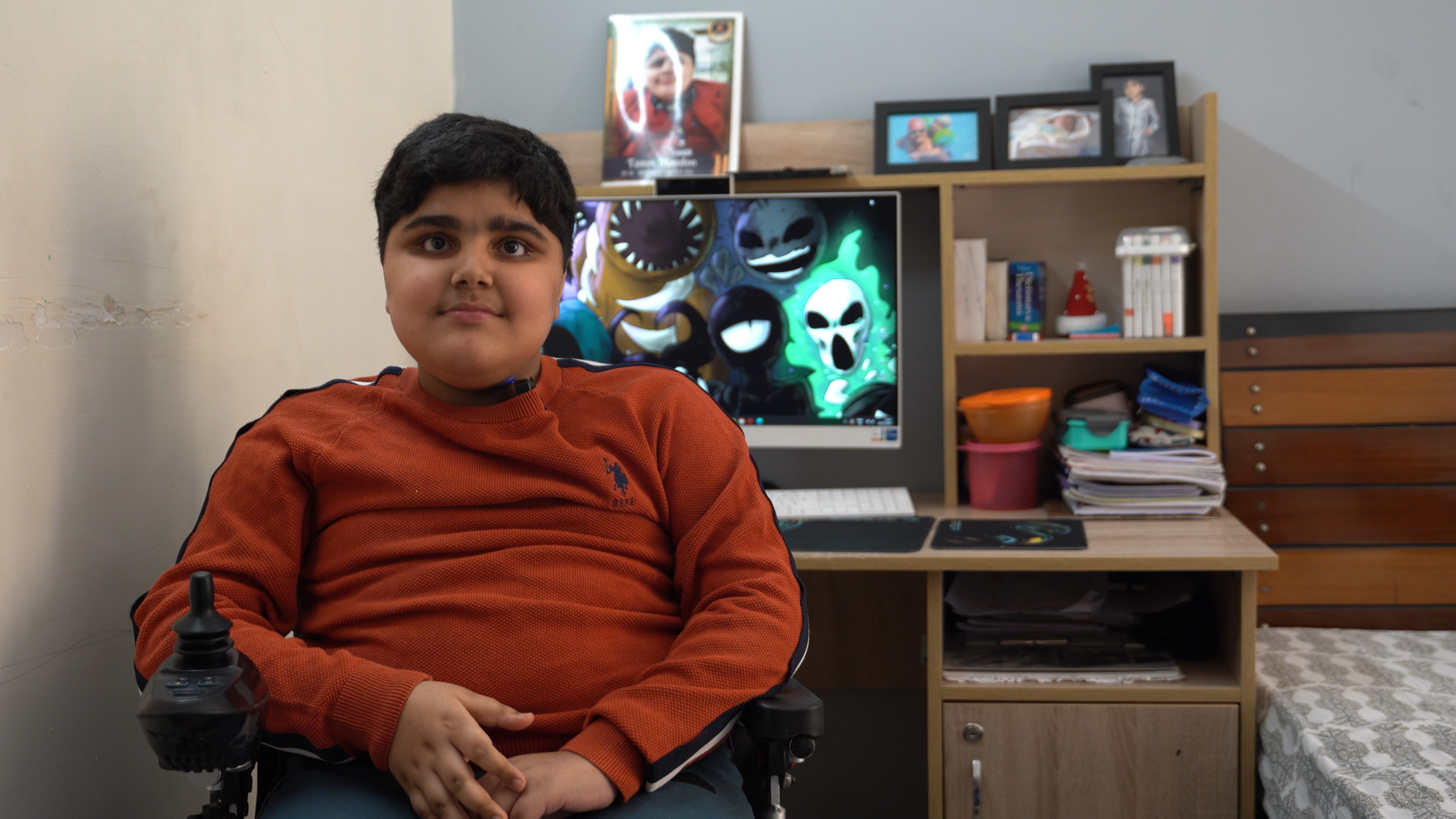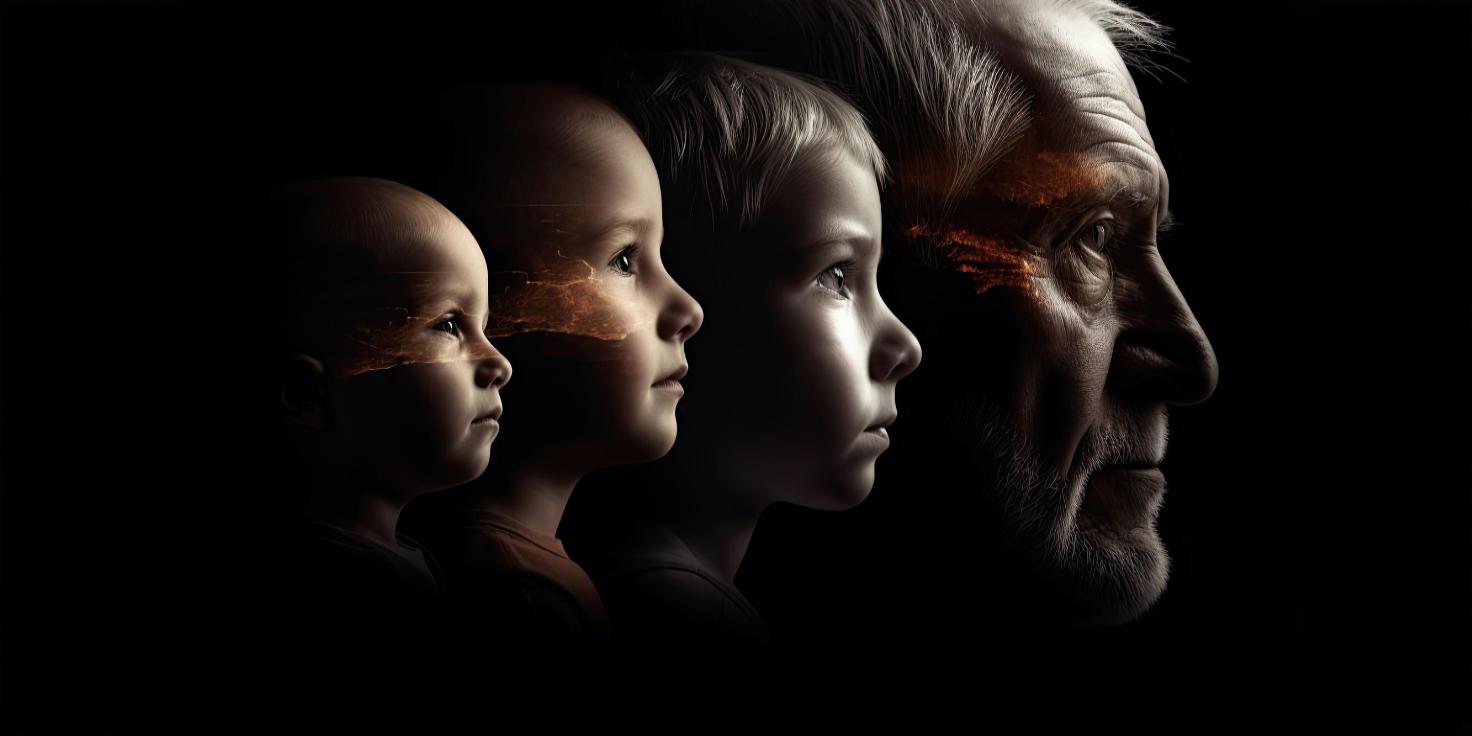Salman Khan battles Brain Aneurysm, Trigeminal Neuralgia, and AVM: What these mean
“I’m working despite having trigeminal neuralgia, a brain aneurysm, and an AV malformation - yet I’m still carrying on,” Salman Khan revealed on The Great Indian Kapil Show
Author
Author
- admin / 7 months

- 0
- 3 min read
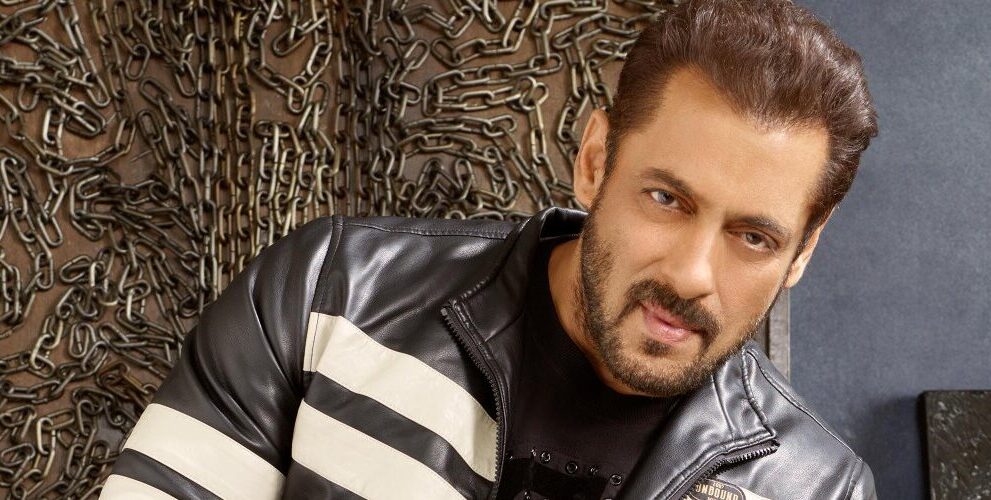
Author
During an appearance on The Great Indian Kapil Show recently, Bollywood superstar Salman Khan disclosed his battle with three serious neurological conditions- trigeminal neuralgia, brain aneurysm, and an arteriovenous malformation (AVM).
The 59-year-old actor was answering a question about his marriage on the show when he candidly talked about enduring excruciating pain yet continuing to work.
“I’m out here breaking my bones every day- ribs are fractured, I’m working despite having trigeminal neuralgia, there’s an aneurysm in the brain, yet I’m still working. There’s also an AV malformation, and still, I’m carrying on,” Khan said.
The revelation has sparked widespread discussion about these complex medical conditions.
What is Trigeminal Neuralgia? The “Suicide Disease”
Trigeminal neuralgia (TN) is a chronic pain disorder affecting the trigeminal nerve, which transmits sensations from the face to the brain.
Also known as the “suicide disease” for its severe, electric-shock-like pain, it typically strikes one side of the face, around the jaw, cheek, or eye, and can be triggered by routine activities like chewing or talking.
Khan had first spoken about his TN struggle in 2017 during Tubelight promotions in Dubai, revealing he underwent surgery in the US in 2011 after battling symptoms since 2007. The causes of the TN include blood vessel compression of the nerve, nerve injury from trauma or surgery, multiple sclerosis, tumors, or, in some cases, no identifiable cause.
Brain Aneurysm: A silent but dangerous condition
A brain aneurysm is a bulge in a weakened blood vessel wall in the brain, which can rupture and cause a life-threatening hemorrhagic stroke.
Often asymptomatic until rupture, unruptured aneurysms may cause headaches or blurred vision, while a rupture leads to severe headache, nausea, or loss of consciousness.
The risk factors for brain aneurysm include congenital vessel weaknesses, chronic high blood pressure, smoking, trauma, or infections. The disease is more common in adults aged 30–60 and slightly more common in women. Aneurysms are often detected incidentally through imaging like CT scans or MRIs.
Arteriovenous Malformation (AVM): A complex vascular issue
An arteriovenous malformation (AVM) is a tangled mess of blood vessels in the brain or spine that disturbs normal blood flow. Instead of blood moving through tiny capillaries, it flows straight from arteries to veins. This can cause serious issues like bleeding, seizures, or problems with movement or thinking.
Though anyone can be born with AVM, symptoms like headaches, seizures, or weakness might show up later, at any stage of life.
However, certain factors may increase the likelihood of developing this condition. Being male is one risk factor, as brain AVMs are more common in men than in women. Additionally, having a family history of AVMs can raise the risk, though it’s not entirely clear if a specific genetic factor is responsible. In rare cases, AVMs may run in families, and inherited conditions like hereditary hemorrhagic telangiectasia (HHT) can further increase the chances of developing a brain AVM. If an AVM bursts, it can badly damage the brain, so finding and treating it early is crucial.
Also read: Overusing ChatGPT may erode your brain’s thinking power: MIT study
(Do you have a health-related claim that you would like us to fact-check? Send it to us, and we will fact-check it for you! You can send it on WhatsApp at +91-9311223141, mail us at hello@firstcheck.in, or click here to submit it online)


